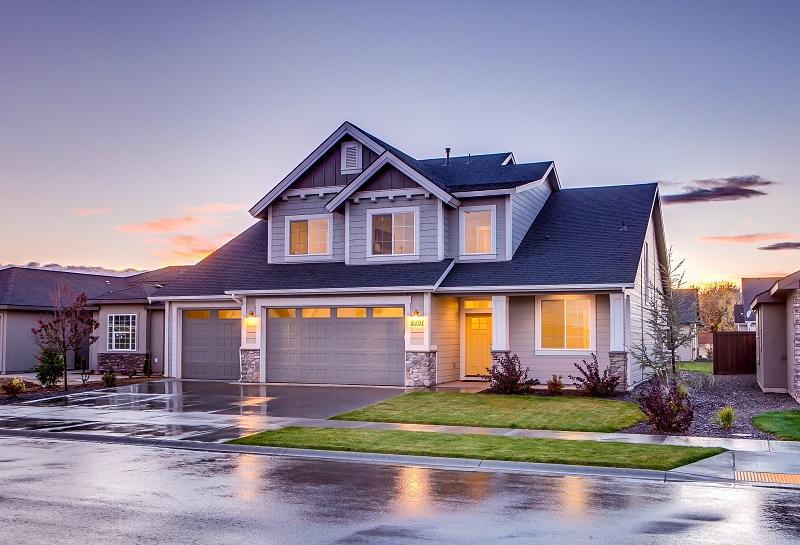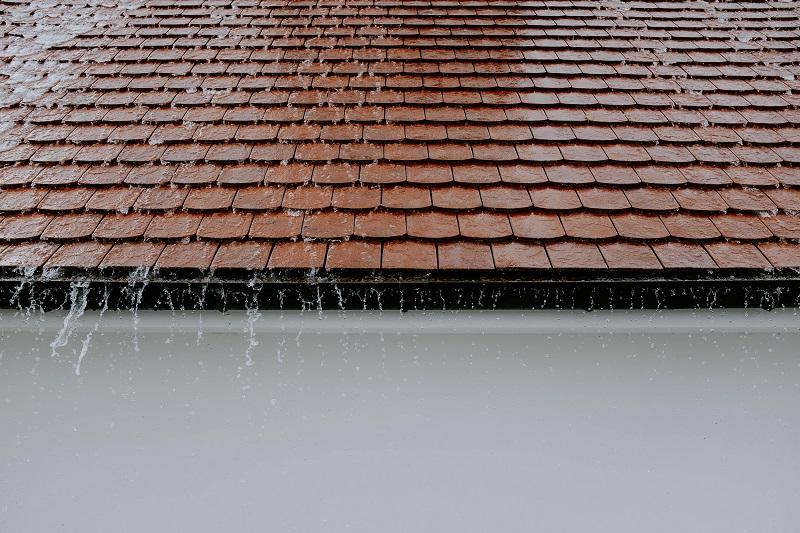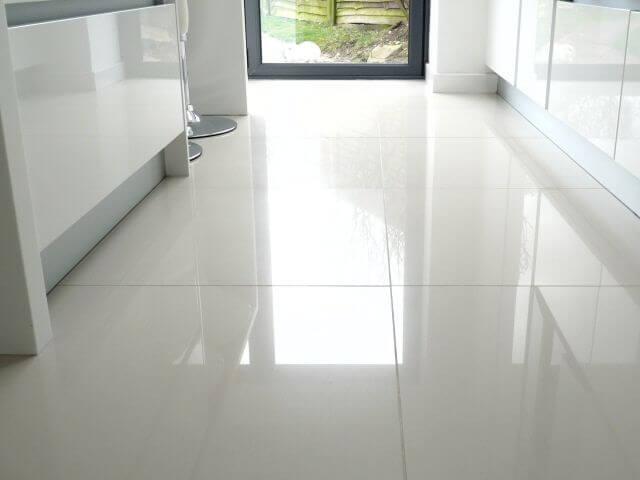As we all know, roofing is an important part of house construction. There are different materials and designs implemented when building a roof. As a result, this process may seem difficult to understand. Don’t worry; we’re here to help. In this guide, we’ll be explaining roofing systems. So, without wasting any more time, let’s begin.
What Materials Are Used For Roofing?
There are a wide variety of materials used when building roofs. Each one has different advantages and disadvantages. They are…
Wood Shingles
This material naturally looks old, giving it a nice aesthetic. Depending on the type of wood you use, wood shingles can last up to 50 years. One major downside to this material is the price. If you are on a budget, this may not be the right pick for you. Installing wood shingles is a difficult process.
In addition to this, you have to repair any damaged parts immediately in order to prevent any more damage. If you’re ready to spend money on installation and maintenance, wood shingles can be a great option for you.
Rubber Slate
Rubber tiles look natural. They can also be cut easily for more complex designs. Rubber is also a lot lighter than other roofing materials. The lifespan depends on what type of rubber slate you’re using and the environment you live in.
You need to keep in mind that rubber slate isn’t very strong. It can get damaged easily if you walk on it. If you live in an environment with rough weather conditions, this won’t be a good choice. In addition to this, the cost of installation is high. It’s also difficult to find a competent roof contractor capable of installing rubber slates.
Metal
This material might be the one for you if the roofline of your house is flat or steep. This material is very cost efficient for those that prefer less galvanized metal. This material is affordable. In terms of lifespan, this material can last for up to 50 years. Even though the material itself is affordable, the process of installing can be a bit expensive.
BUR (Built-Up Roofing)
This roofing type is made up of an adhesive mixed with an aggregate, or layers of tar and asphalt. This is great for roofs with decks because it can support foot traffic. BUR can be a bit costly, and can only be installed on flat roofs. This material also has the tendency to get sticky during the summer.
Slate
This is one of the strongest and most durable material for building roofs. Slate consists of thin sheets of sedimentary rock. This material is great for areas with rough weather conditions like hail or wind. If well maintained, it can last for up to 80 years. On the downside, slate is a lot more expensive than most roofing materials. It’s also quite heavy and can break if stepped on.
Solar Tiles
With this type of roofing, two things are done at once; your house is protected and electricity is produced. You can install these tiles on top of any existing shingles. As you would expect, this particular type of roofing is very expensive. It also requires a skilled roofer in order for it to be installed properly.
Asphalt Shingles
This material is used a lot in many houses. When you think about it, this isn’t surprising. Asphalt shingles are some of the most affordable roofing materials available. This makes them great for those that don’t have so much to spend on a new roof. Despite the low price, asphalt is actually quite durable.
However, it’s not as durable as slate. If you have rough weather in your area, you might want to invest in heavy-duty asphalt shingles. Regular asphalt shingles don’t stand much of a chance when dealing with hail storms or turbulent winds.
Green Roofs
If you are a nature lover, you’ll love this type of roof. Green roofs are made up of plants. This helps insulate your home, reduce heat, and improve the air quality. If well maintained, you can expect your green roof to have a long lifespan (Visit https://www.nps.gov/tps/sustainability/new-technology/green-roofs/define.htm for more information). And speaking of maintenance, you need to keep in mind that this kind requires a lot of care. The cost price will vary depending on the type of green roof you want.
Hiring A Good Roofing Contractor
Even if you prefer to go DIY on this one, the chances of you having the skills to properly install a roof are very slim. That’s were contractors come in. when choosing a contractor, there are some important things you should look for. They are…
Experience
This one is pretty obvious; an experienced and competent roofer has the knowledge and skills necessary to install your roof easily, efficiently, and safely. With an experienced roofer, you can be sure that a good job will be done.
Access to Quality Tools and Materials
Admittedly, experience is important. However, if the roofer doesn’t have access to the right tools and materials, you’ll probably spend more money fixing damages not long after installation.
Must Have a License
A licensed roofer gives you guarantee that they are qualified for the job. This also implies that they are experienced.
Should Have a Good Reputation
If possible, contact your roofer’s former clients. Getting feedback from previous customers will help you decide whether or not that particular roofer will do a good job. Visit this website for more information.
The Roofing Process Explained
When roofing a house, various things take place. First of all, the roofing company will deliver all the materials to your house. Afterwards, the roofing team will start removing any old shingles or tiles on your roof.
Next they check for any damaged plywood and replace the felt paper (paper roofing) in order to give the new roof a good foundation. In some cases, water and ice shields may be installed for extra protection.
Once the old roofing has been removed, they start installing the new shingles. Most times they paint any pipes and roofing vents so that they have the same color as the new roof.
Note: If it’s a new roof, they won’t have to replace anything.
Conclusion
The roof is one of the most important parts of the house. It provides shelter and protection from hail, rain, and other elements. As we have already discussed, there are various materials that can be used during the installation process. They vary in weight, quality, and durability. However, you can be sure of one thing; they all accomplish the job they were designed for.








